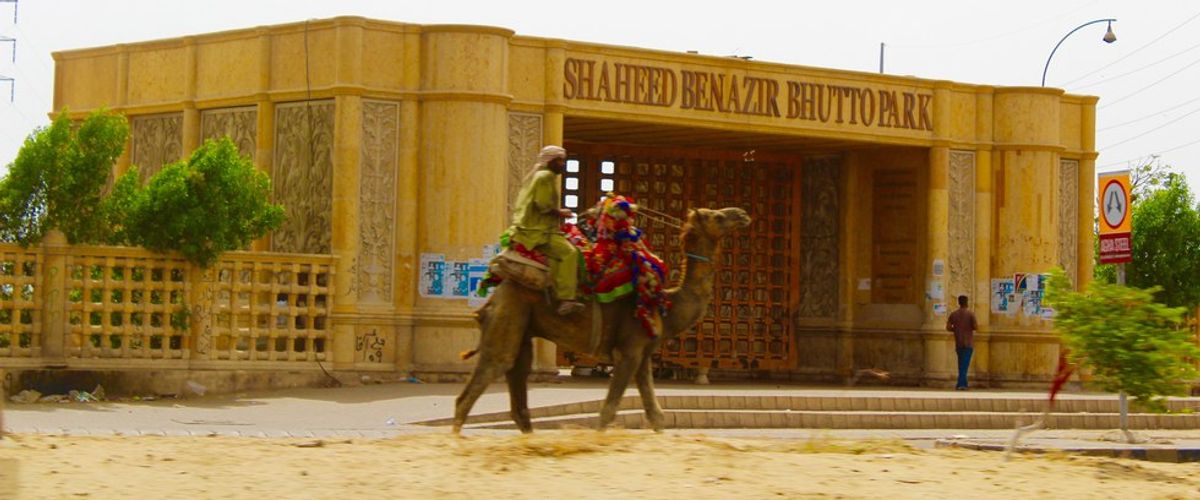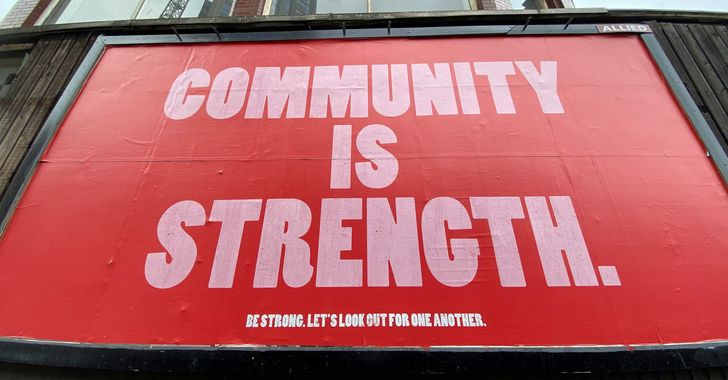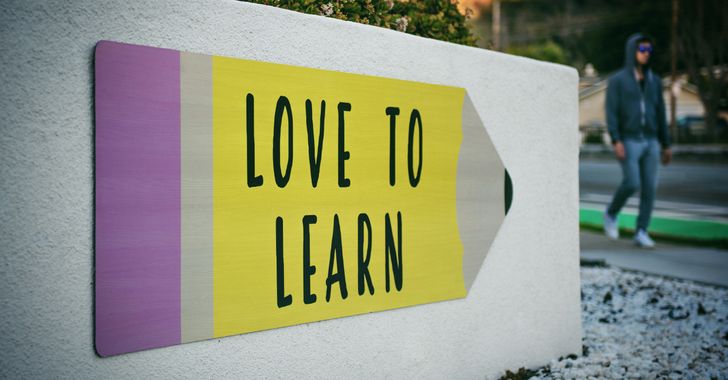Small Enterprises are those that hire up to 50 employees with an annual sales turnover of up to PKR 150 million (roughly $1.5 million). Medium Enterprises hire between 50 and 250 employees with an annual sales turnover between PKR 150 million and 800 million (roughly $1.5 to 8 million).
Pakistan’s economy is dominated by such enterprises. In fact, a report from the State Bank of Pakistan (the country’s central bank known as SBP) from 2009-2010 states that these businesses make up more than 90 percent of economic establishments in the country. They also contribute a whopping 30 percent to the GDP, 25 percent of export earnings and hire 78 percent of the non-agricultural labour force.
I don’t know about you, but this is news to me. When I think of economic contribution and employment, I think about large corporate companies, and in the case of the developing world, microenterprises. I had never thought about what was in between these two extreme sizes.
Microenterprises are those that hire fewer than 10 people and SBP defines them further as “businesses that lead to livelihood improvement and income generation” undertaken by micro entrepreneurs. A more concrete example would be a man who owns a camel and charges people for rides or a self-employed person, creating a business stitching clothes in their house. These people do not have access to traditional banking and will not qualify for a loan to start their business. That’s where microfinance comes in. Microfinance bridges the gap between people and banking and would lend them money to buy a sewing machine for example and initial materials like cloth and thread.
This concept was invented by Muhammad Yunus (who won the Nobel Peace Prize for it) in 1974. Yunus founded the Grameen Bank in Bangladesh to loan small amounts of money to people – mostly to women – in order to make them self-sufficient. The World Bank estimates that 500 million people have benefitted from microfinance to date.
As such, microfinance is a great tool to alleviate poverty all over the world, as according to the Gates Foundation, only 10 percent of the global population has access to traditional banking. Microfinance is a fantastic tool to ignite social change, help the local economy and bolster economic development.
There are also a lot more enterprises that don’t have access to traditional banking and need financial services, enterprises that are far less studied. In Pakistan’s case, those businesses are SMEs. Although they dominate the economy, only about 6 percent of financial services are dedicated to them according to SBP’s SME Finance Department’s March 2015 review. That’s right. Six percent of service for more than 90 percent of businesses. This is largely because more formal and larger enterprises have preferential access to institutional lending, technology, and the highly skilled labor market.
I hadn’t even thought about SMEs until a few weeks ago when I started interning at the State Bank. It turns out, SMEs ignite their own form of social change in that they generate most of the employment in Pakistan. As such, I think it’s pertinent to highlight some of the issues that they face as well as what SBP is doing about it. These issues were highlighted in a research study by the Lahore University of Management Sciences and SBP in 2010-11.
First, SMEs don’t have access to required financial capital and currently operate entirely on their own equity. This means that their start-up investment is self-financed and earnings fund operations. This means that SMEs don’t have the working capital to grow, or the collateral to take a loan in order to obtain that working capital.
SMEs also tend not to give reliable, detailed information. This may be because small entrepreneurs aren’t as educated as those that run corporate companies, or because SMEs desire to hide information because they don’t want to pay the requisite amount of tax. This is a problem for banks because they can’t provide a loan that they cannot assess the risk for, or provide a loan to a company that isn’t adequately transparent about their operations. This makes SMEs riskier clients than corporates. Therefore, banks try to take precautionary measures, such as only lending when collateral is greater than 100 percent of the loan. But, SMEs don’t have access to that much collateral, remember? It’s a vicious cycle. You could say that there is a “trust deficit” between banks and these enterprises.
SBP’s role in all of this is to help the banks be more at ease lending to SMEs and make sure not only that SMEs have access to financial services, but also that they feel comfortable availing these services.
Some of the measures they are taking as listed in their quarterly review from March 2015 are that they are have published separate prudential regulations for SMEs. Prudential regulations are a legal framework for financial operations, and it is important that these are specialized because SMEs are very different from corporate enterprises and face a completely different set of issues. Although the SME sector is diverse and dynamic, it is vulnerable, as well. They need the support from the regulator (SBP), the government and other bodies in the private sector in order to grow.
One supportive body is the Small and Medium Enterprises Development authority (SMEDA). It focuses on “providing an enabling environment and business development services to SMEs,” is a policy advisory body to the government and “facilitates other stakeholders” like banks, for example, “in addressing their SME development agendas."
SBP is also trying to put in place a secured transaction registry in the country, which means that all the loans given out with a collateral guarantee (secure loans) are registered. This is important because it will increase transparency and communication between banks.
They have also implemented a credit guarantee scheme, or a scheme that reassures the lender, in this case a commercial bank, that if an SME or micro enterprise that took a collateral free loan were to default, SBP would reimburse the lender a certain percentage of the loss (in this case, 40 percent).
There are a variety of other supportive schemes for SMEs, and hopefully these will create a culture shift with regard to both commercial bank’s attitudes toward SMEs and vice versa. The importance of SMEs is understated, and creating awareness about them and their unique struggles are one way of aiding them and Pakistan’s economy.





 people sitting on chair in front of computer
people sitting on chair in front of computer



 all stars lol GIF by Lifetime
all stars lol GIF by Lifetime two women talking while looking at laptop computerPhoto by
two women talking while looking at laptop computerPhoto by  shallow focus photography of two boys doing wacky facesPhoto by
shallow focus photography of two boys doing wacky facesPhoto by  happy birthday balloons with happy birthday textPhoto by
happy birthday balloons with happy birthday textPhoto by  itty-bitty living space." | The Genie shows Aladdin how… | Flickr
itty-bitty living space." | The Genie shows Aladdin how… | Flickr shallow focus photography of dog and catPhoto by
shallow focus photography of dog and catPhoto by  yellow Volkswagen van on roadPhoto by
yellow Volkswagen van on roadPhoto by  orange i have a crush on you neon light signagePhoto by
orange i have a crush on you neon light signagePhoto by  5 Tattoos Artist That Will Make You Want A Tattoo
5 Tattoos Artist That Will Make You Want A Tattoo woman biting pencil while sitting on chair in front of computer during daytimePhoto by
woman biting pencil while sitting on chair in front of computer during daytimePhoto by  a scrabbled wooden block spelling the word prizePhoto by
a scrabbled wooden block spelling the word prizePhoto by 
 StableDiffusion
StableDiffusion
 StableDiffusion
StableDiffusion
 StableDiffusion
StableDiffusion

 women sitting on rock near body of waterPhoto by
women sitting on rock near body of waterPhoto by 
 Photo by
Photo by  Photo by
Photo by  Photo by
Photo by  Photo by
Photo by  Photo by
Photo by  Photo by
Photo by  Photo by
Photo by  Photo by
Photo by  Photo by
Photo by  Photo by
Photo by 








